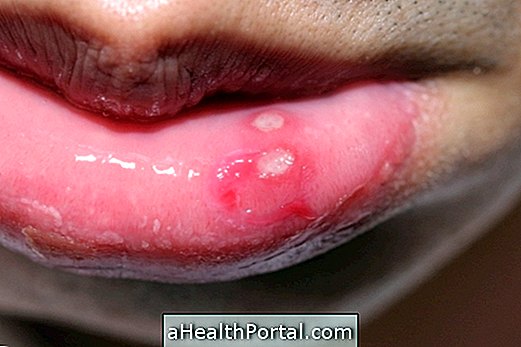Cat scratch disease is an infection usually caused by the bacterium Bartonella henselae . This infection occurs when an individual is scratched or bitten by a host cat of this bacteria.
The bacterium tends to proliferate by infecting the wall of blood vessels, leaving the site injured with a red blister characteristic of the disease and can complicate causing a cellulite, which is a type of skin infection or an adenitis.
Individuals who own cats as pets should be careful about the health of the animal, making frequent visits to the veterinarian, as the cat usually does not show any signs of the disease and may make diagnosis difficult.
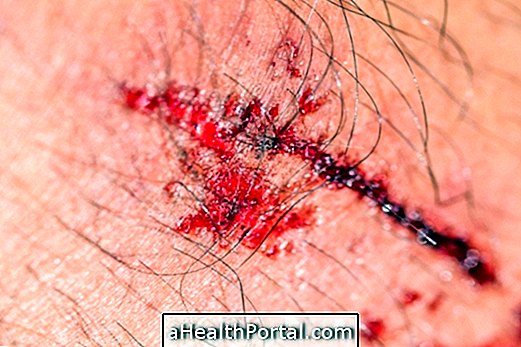
Signals and symptons
The signs and symptoms that may indicate cat scratch disease are:
- Red bubble around the scratch site;
- Swollen lymph nodes, popularly called inguias;
- High fever that can be 38 to 40ºC;
- Pain and stiffness in the injured site;
- Lack of appetite and weight loss with no apparent cause;
- Vision problems such as blurred vision and burning eyes;
- Irritability.
This disease is suspected when a person gets swollen lymph nodes after being scratched by a cat. The disease can be diagnosed through a blood test that detects specific antibodies against the bacterium Bartonella henselae . Other tests may also be done to eliminate other possible diseases.
Some people may exhibit all symptoms except for cat scratching, which suggests that there is another form of contamination other than through cat bites or scratches.
How to treat
The treatment is done with antibiotics like Amoxixilina, Cefitriaxone, Clindamycin, that eliminate the bacteria. Swollen, fluid lymph nodes can be drained with needles so the pain is relieved.
In more severe cases, when the fever persists and when a lump appears in a lymph node near the scratch site, surgery may be necessary to remove the lump that forms, and a biopsy is performed to detect the present changes. After the surgery you may need to put a drain to eliminate the secretions that may continue coming off for a few more days.
Most people who suffer from cat scratch disease recover within a few weeks after starting treatment.
More rigid monitoring is needed with HIV-infected patients who may present the cat scratch disease more severely due to deficiency in the immune system. Therefore, they may need to be hospitalized to treat the disease.

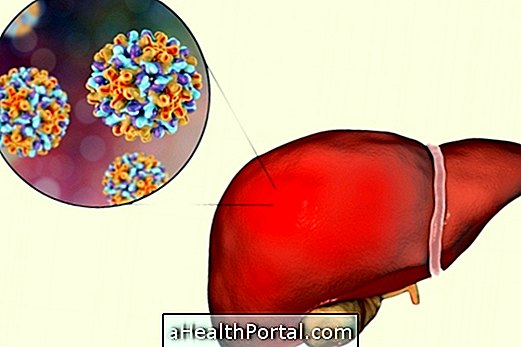
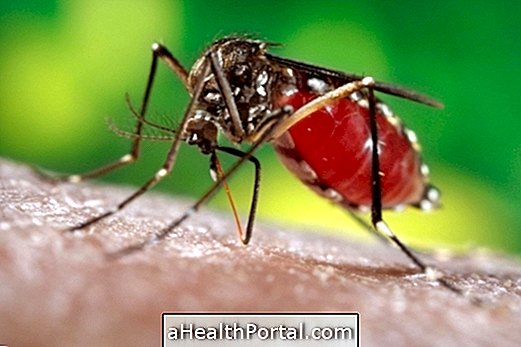




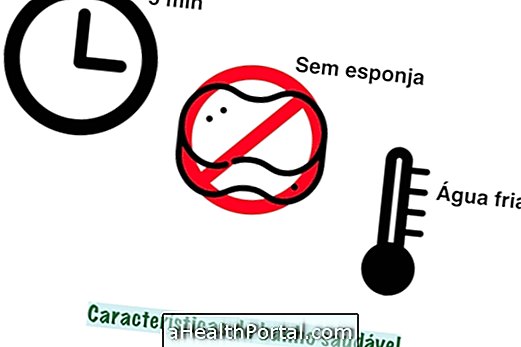


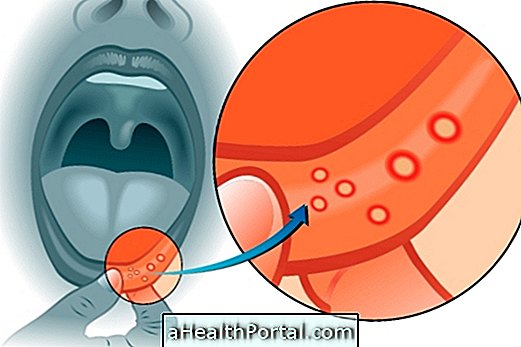



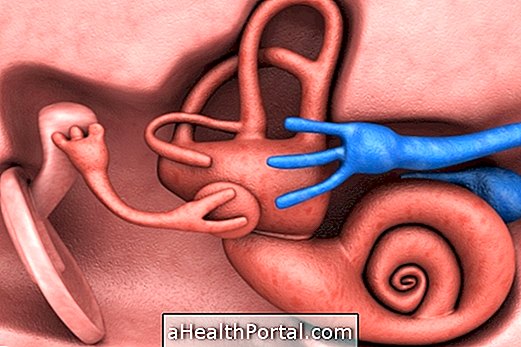




-o-que--quando-fazer-e-como-funciona.jpg)


